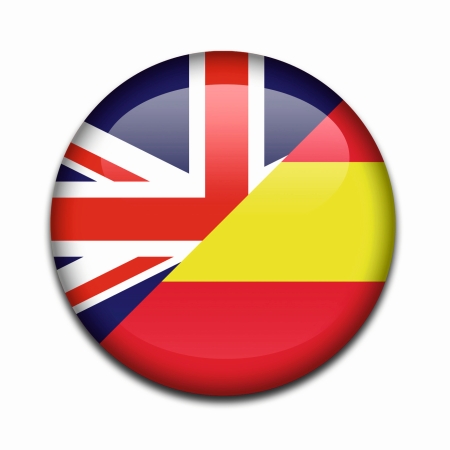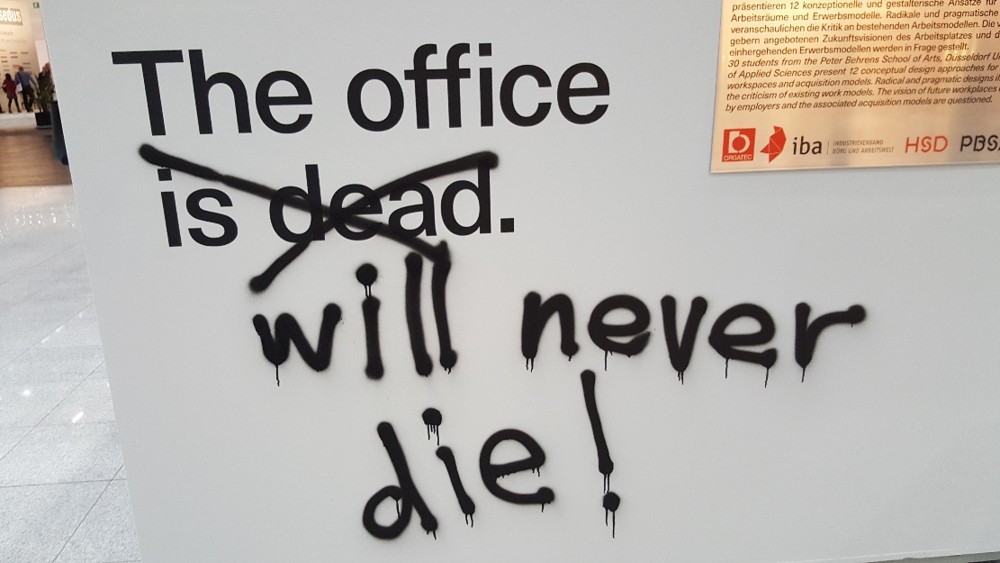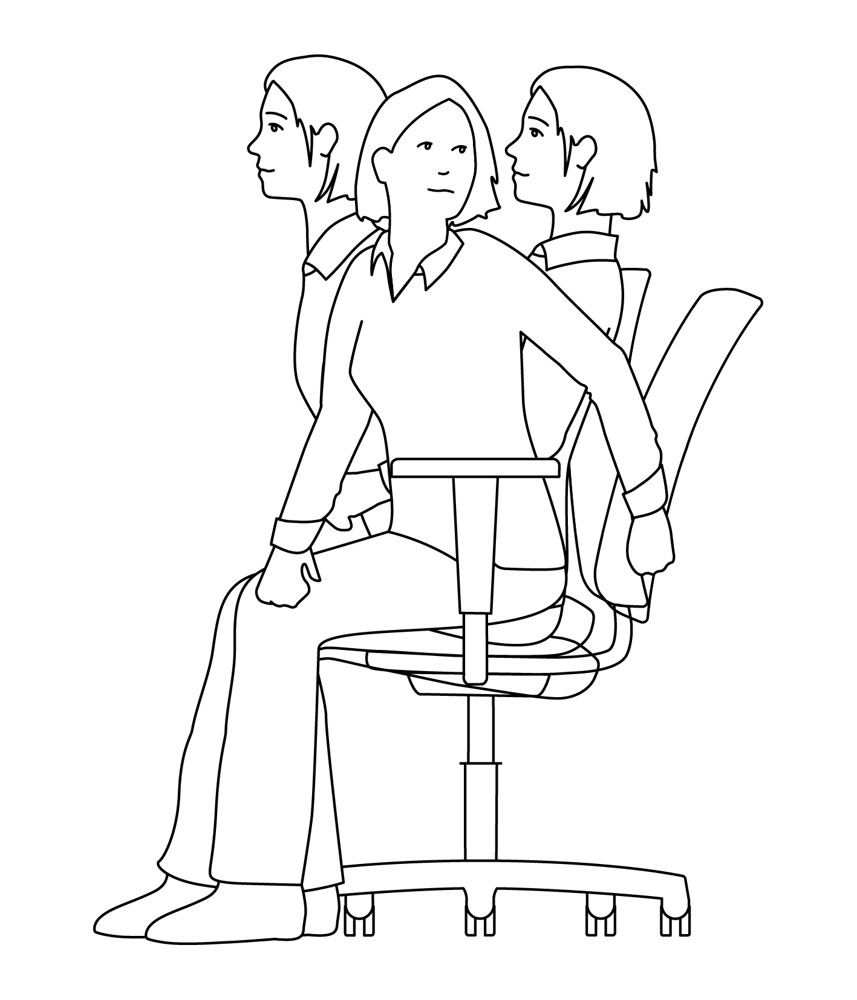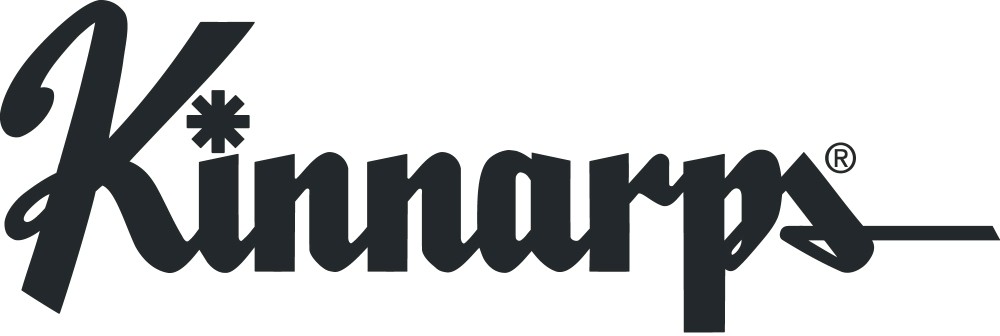Englisch und Spanisch sind die zwei wichtigsten Sprachen in der Geschäftswelt. In diesem Teil unserer Fremdsprachenserie zeigen die Experten der Sprachschule Iberika, wie Sie in diesen Sprachen am Telefon überzeugen können.
Englisch
Last time we looked at how to make phone calls in English, i. e. what to say when you call someone. Today, we will show you what to say when you receive a call.
Answering the phone
Hello, Tina speaking. How can I help you?
Good morning, ABC company. Tim speaking. What can I do for you today?
Thank you for calling ABC. How may I direct your call?
When you receive a call and someone asks for you by name, we normally answer by saying speaking:
Caller: Hi, can I speak to Maria, please?
Maria: Speaking.
Asking for information
Sometimes you may need to ask the caller for name or any other relevant information:
Who’s calling please?
May I ask who’s speaking?
Could you tell me where you are calling from?
Putting callers on hold
We often ask people to wait, either because the person they would like to talk to is not available or because you may need to look up some information for them:
Just a moment please. I’ll check that for you.
Hold the line please.
Can you please hold while I look it up for you?
Could you hold on please?
Maria is on another line at the moment. Would you like to hold?
Connecting people
You need to connect people when you answer the phone and it’s for somebody else:
One moment, please. I’ll put you through.
I’ll connect you now./I’m connecting you now.
One second, I’ll transfer you now.
Just a moment. Let me see if Maria is available.
Spelling things out
We usually spell names or difficult words on the phone:
My name is Mayer. – Can you spell that for me please? – It’s M as in Mary, A as in Adam, Y as in young, E as in Edward, R as in Robert.
What’s your registration number, please? – It’s 972BSD. That’s 9-7-2, B as in Boston, S as in Sam, D as in David.
Giving negative information
I’m afraid he’s in a meeting at the moment. Could you call back later?
I’m sorry. She isn’t in today.
I’m afraid there’s nobody here by that name.
Sorry. I think you’ve got the wrong number.
Are you sure you have the right number/name?
Spanisch
Beim letzten Mal haben wir uns damit beschäftigt, was man auf Spanisch sagt, wenn man jemanden anruft. Diesmal geht es darum, was man beachten sollte, wenn man einen Anruf annimmt.
Ein Gespräch annehmen
Buenos días, ¿en qué puedo servirle?
Compañía AB, dígame, ¿qué desea?
Buenos días, gracias por llamar a nuestra AB, ¿en qué puedo ayudarle?
Wenn Sie einen Anruf annehmen und der Anrufer nach Ihnen fragt, können Sie wie folgt antworten:
Buenos días, ¿puedo hablar con María, por favor? – Sí, soy yo, dígame.
Um Informationen bitten
Manchmal ist es erforderlich, dass Sie nach dem Namen des Anrufers oder nach ein paar relevanten Informationen fragen:
¿De parte de quién?
¿Puede decirme quién llama?
¿Con quién tengo el gusto de hablar?
Bitten, am Telefon zu bleiben
Oft bitten wir den Anrufer zu warten. Entweder weil die gewünschte Person momentan nicht verfügbar ist, oder weil Sie noch ein paar Informationen für den Anrufer heraussuchen müssen.
Un momento, por favor, voy a preguntar.
No cuelgue, por favor.
Permanezca al teléfono, por favor.
¿Puede permanecer un momento al teléfono mientras yo lo voy a buscar?
Espere un momento, por favor.
María está hablando por la otra línea, ¿le importa esperar un momento?
Den Anrufer weiterstellen
Wenn Sie den Anrufer an jemanden weiterleiten müssen, können Sie folgende Ausdrücke benutzen:
Un momento, por favor, ahora se lo/la paso.
Ahora mismo se lo/la pongo.
Ahora mismo lo/la pongo en línea con usted.
Un momento, voy a mirar si María puede ponerse.
Buchstabieren für Klarheit
Häufig ist es hilfreich, Namen oder schwierige Wörter zu buchstabieren, um Fehler zu vermeiden:
Mi apellido es Aguirre. – ¿Puede deletrearlo, por favor? – Sí, a-ge-u-i-erre doble-e.





























































